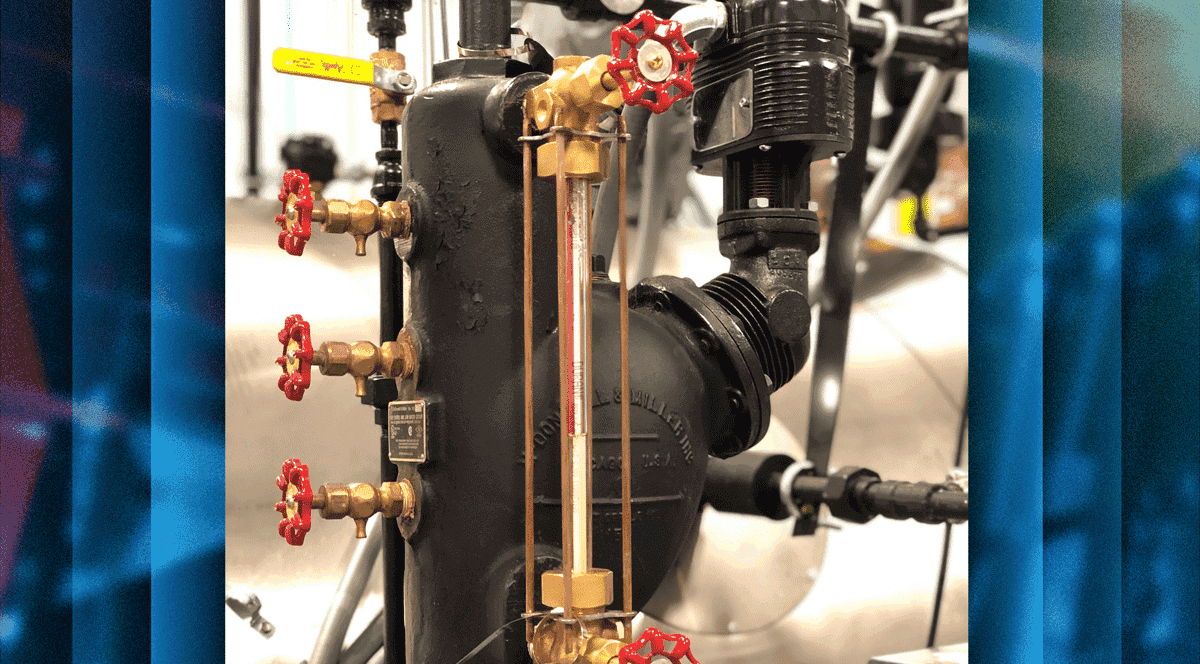Having low water in a boiler is a dangerous situation, but also easily avoidable with the proper maintenance and precautions.
How Low is Too Low?
A low water condition in a boiler happens when the water level drops below the lowest permissible water level, or even below the top of the tubes, allowing the tubes to overheat. In fact, if the water gets lower than the main firing tube, or “Morrison tube,” the steel itself may fail. Luckily, this can be avoided with proper boiler maintenance.
Damage Caused by Low Water
Common damage caused by low water:
- Loosened tubes
- Cracked tubes
- Melted metal
- Leaking water
One of the most dangerous cases of low water occurs when water is added to the boiler, but the unit has already passed the “point of no return” where the boiler vessel is dangerously overheated. This causes the water to immediately turn into steam, leading to tremendous pressure being created, and the boiler potentially exploding. This is one of the most dangerous outcomes you can have with any boiler, and should be avoided at all costs.
Preventing Low Water
- The first and easiest way to tell if your boiler water is low, is by checking the sight glass. In most cases, this is the only visual you’ll be able to use to check on your boiler’s water level. You should become familiar with the normal level in your sight glass.
- The next way to prevent low water, is with low water cutoffs (LWCOs). Some boilers use floating bulbs where the LWCO will shut down the boiler if the bulb hits the cutoff level, a number of inches above the tubes. With a float system, it is imperative that the device is blown down on a regular basis to prevent buildup.
- Some LWCO systems use a probe that goes directly into the water, and again will shut down the boiler if the water gets below the minimum permissible water level. It’s always good to have a first LWCO and second LWCO, whether your mix and match float and probe styles, or just use two probes.
These systems should be checked daily or even each shift on high pressure or even low pressure process boilers – generally weekly on low pressure heating units. Make sure you follow the recommended maintenance schedule for your boiler and LWCOs.
Too Much of a Good Thing
Be careful to not add too much water in the boiler. This forces water instead of steam out of the header, which can be catastrophic to the entire steam system and hazardous to its surroundings. Maintaining proper water levels is a delicate balance, but with the proper tools and maintenance, your boiler can be safe and effective for years to come.
Need assistance, or want to learn more? Just contact us or call 1-800-228-8861.
